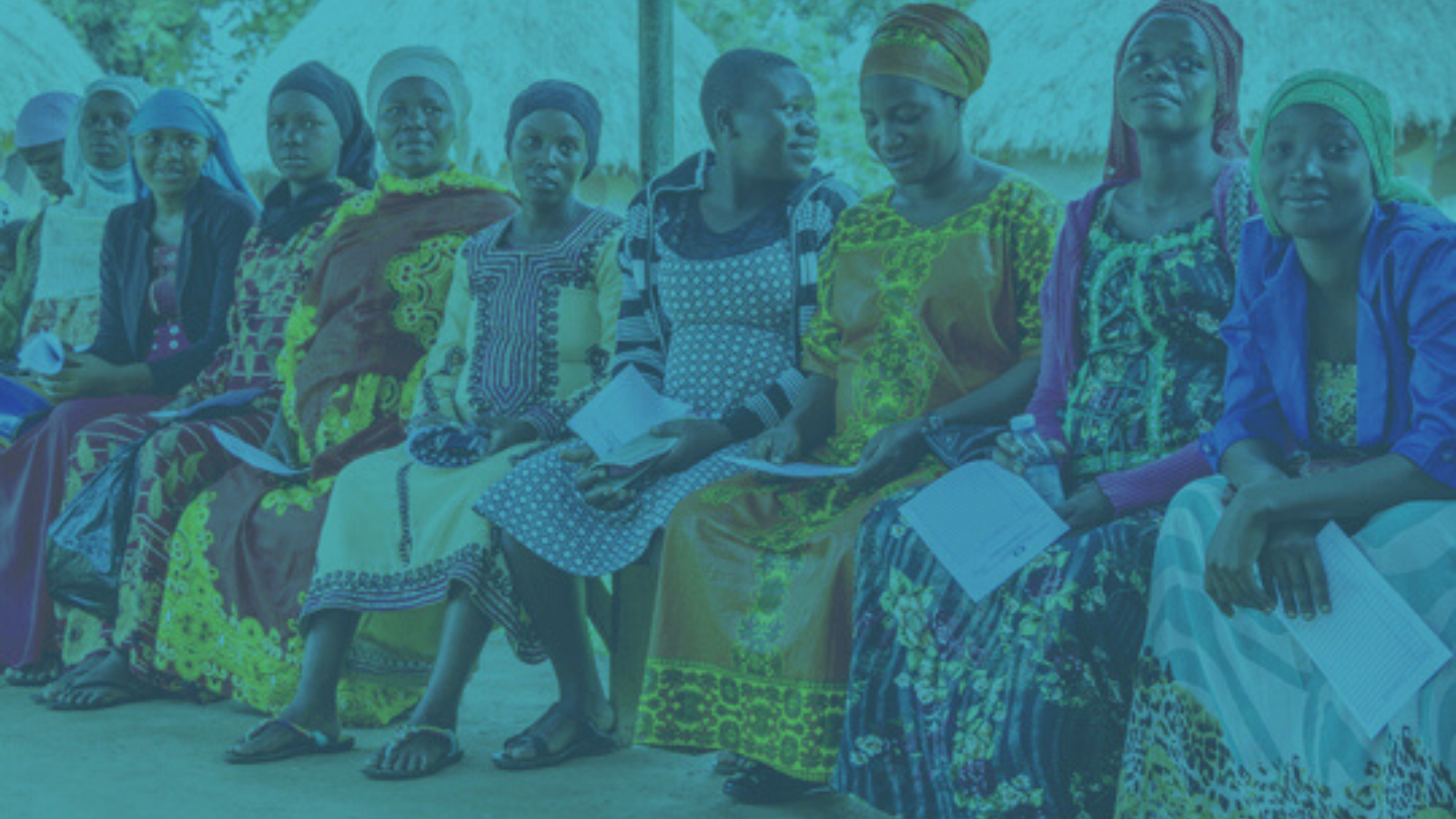For many people across the globe, the COVID-19 pandemic presented various challenges— movement was restricted, many businesses were shuttered, and learning was temporarily halted. The health systems in some regions, particularly those in low and middle-income countries (LMICs), were tested; understaffing, low budgets, and poor infrastructure were common features before being compelled to reroute, reorganise and restructure these limited resources. The pandemic has also highlighted and exacerbated the inequalities suffered by vulnerable populations, such as women, sexual minorities, and the differently abled.
The impact on women was significant: incomes were lost as the informal economy, the biggest employer of women across LMICs, slowed down and the burden of unpaid domestic work increased owing to the need for better sanitation and caring for family members (including those who are COVID-positive). This was also compounded by the need for paid care workers to isolate or maintain a level of social distancing, while at the same time, many households could not afford paid care owing to reduced or lost incomes. Additionally, while women comprise 70% of the global health workforce, they hold only 25% of leadership positions. While women and men are equally likely to fall ill with the virus, socio-cultural gender norms that regulate access to money and/or movement often hamper women’s access to COVID-19 testing, treatment, and vaccination. However, many COVID-19 response plans across the continent and beyond tend to be gender-blind—that is, they are incognizant of gender norms, roles and relations. Of the 388 policies under analysis by the Global Health 50/50 policy portal, only nine percent (35) acknowledged gender as a key driver of health-seeking. This has been attributed partly to a lack of recognition of the layers of inequality and their subsequent disadvantage(s) on different groups within a given population.
It is for this reason that the INSPIRE Platform for Evaluation and Analysis of COVID-19 Harmonized data (PEACH), in collaboration with Gender at Work, has been working on the Gender Action Learning Initiative to test the Gender Intersectionality Tool, a checklist used to ensure stakeholders get adequate information to incorporate gender and intersectionality in the data lifecycle. Intersectionality is an aspect of research that looks beyond the assessment of single factors such as sex, gender, and race, to consider their simultaneous interactions with aspects of social identity and the impact of systems and processes of oppression and domination.
Intersectional analysis enables a multi-faceted exploration of how factors of privilege and penalty may alternate between contexts or occur simultaneously. This means that instead of assuming people are homogenous groupings consisting of women or men, male or female, it requires stakeholders to delve deeper and ask specific questions to understand different overlaps with varied forms of systemic discrimination, such as racism, ableism and homophobia, to increase barriers to basic rights and services. It is this intersectionality that has affected how different genders have experienced the COVID-19 pandemic, both directly and indirectly. For this reason, the pandemic has often been described as a social disease—not just for its transmissibility but its ability to affect one’s life, beyond morbidity, depending on the ‘social odds’ stacked against them.
This study, a component of the SIDA-IDRC’s Global South Artificial Intelligence (AI) for COVID-19 (AI4COVID) program, aims to ensure that data goes beyond counting the numbers to address the unintended risks and consequences of communities that are excluded or under-represented. This layered data can provide a full picture of the pandemic for informed, holistic policymaking. As governments program to halt the spread of the virus, they also need to develop these interventions in ways that prevent, reduce or alleviate the layered negative impact on at-risk populations. At the same time, they could lean on technology, such as artificial intelligence and machine learning, for more accurate disease mapping, including timings, locations, and groups.
By Michelle Mbuthia – Communications Officer – Originally posted here.






